The dark origins of one of Speyside’s most iconic whisky brands have come to light in a National Trust for Scotland (NTS) dig over the past fortnight.
Archaeologists have revealed a snapshot in time when an illicit still moved to legal production, to become known the world over as The Glenlivet.
From time immemorial, whisky had been made in illicit stills all over Speyside, often on farms, and smuggled to customers.
But when the 1823 Excise Act came in, one farmer with an illicit still, George Smith at Upper Drumin, saw an opportunity.
The Act made the licensed production of whisky possible, and backed by the Duke of Gordon, George Smith went for it.
He knew it would make him extremely unpopular with the illicit producers, who didn’t benefit from the Duke’s patronage, and it certainly did.
They went out of business, while Smith’s distillery flourished.
NTS archaeologist Dr Daniel Rhodes has been on the site of Upper Drumin for the past fortnight, working with professional archaeologists and many community volunteers to reveal how Smith’s illicit still became legal and expanded massively over the next quarter century from 1824 onwards.
“In a previous dig, we discovered the site of the original illicit still,” Daniel said. “Now we’ve been able to see how it expanded after getting its first licence.
“Maps of the time show its footprint getting bigger, enlarging into a U shaped steading with two wings plus distillery.
“The dig has shown how one of the wings was the malting area.
“We found bricks with holes in them which would suggest they were used for drying the grain.
“The other side has revealed the remains of barrels and drinking vessels.
“It would have been the area where excise controls were carried out.”
As if to confirm the dating of the evidence, a George III shilling turned up during the dig.
Daniel said: “ It would date to around 1816 to 1820, although it would have been in circulation longer, so it fits the window of the first licence being issued.”
“Finding part of a Gottlieb lock also confirmed that this would have been the excise area as Gottlieb had the contract to provide locks to the Excise.
“It brings to life how they would have been there checking that the whisky, the grain and the water use all tallied.”
It’s also clear George Smith wasn’t bottling on site, but sending his product out for bottling in Aberdeen, Inverness and Edinburgh.
“In a future dig we’d expect to find evidence of coopers and people who worked on that side of things,” Daniel said.
In the 1850s, production became so big that the distillery moved less than a mile down the hill to its present site.
Derek Alexander, NTS head of archaeology, has a long association with Upper Drumin, first conducting a survey of the distillery remains in the 1990s.
He said: “Brushing dirt from the flagstones where George Smith, one of the leading figures of Scotland’s whisky industry, stood was incredible.
‘Returning here after nearly 25 years to finally uncover the remains of this special place is really inspiring.
“What’s really interesting is that this is where the illicit production of whisky, which is what we find evidence of at our National Trust for Scotland sites, and the transition towards larger-scale industrial production meet.
“This site is a formative part of the whisky industry becoming one of Scotland’s biggest and most successful.
“It’s such a powerful part of our national story and identity, which is loved and recognised at home and around the globe.”
Appeal for family stories
The NTS team will be working on the site of an illicit still in Torridon next month, and also plan to excavate stills at Mar Lodge in future.
Daniel said evidence about who worked on the site in those early days is not being revealed in the archaeology, and appealed for local families to send in their knowledge.
“There’s no doubt that generations of the same family work in the whisky industry.
“One of the staff in the current distillery was able to produce a photo of a relative who worked there in the 1900s.
“If anyone has photos or documents about family members working at Glenlivet way back, please let us know by emailing whisky@nts.org.uk.”
Chivas Brothers archivist, Robert Athol said: “George Smith risked life and liberty to turn what was originally a farm into a site to produce his single malt whisky legally.
“His courage and conviction not only defined the path for The Glenlivet, but was also influential on the development of Scotch whisky in general.”
The Upper Drumin site is hosting an open day for the general public tomorrow.
More like this:
Archaeologists work to uncover history of Scotland’s whisky production
From whisky beginner to boffin: Auction of 9,000 bottles raises more than £3.3 million
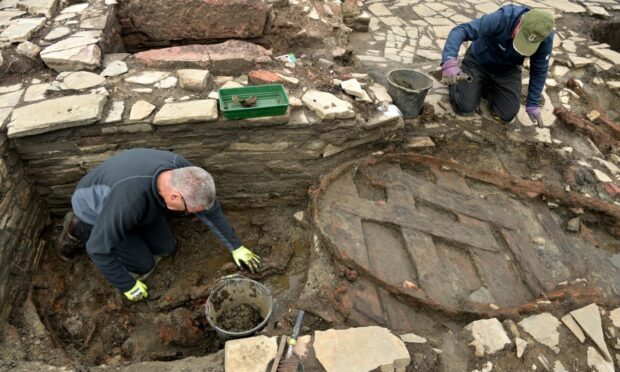
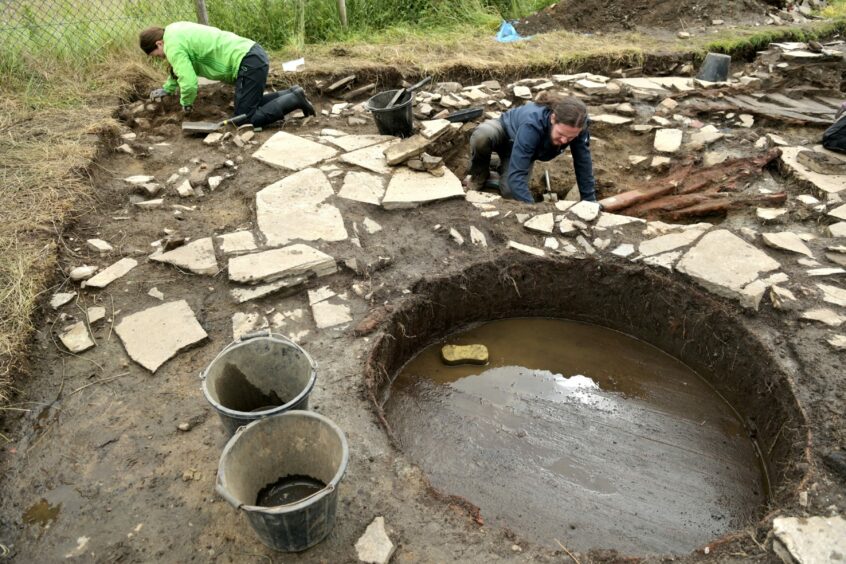
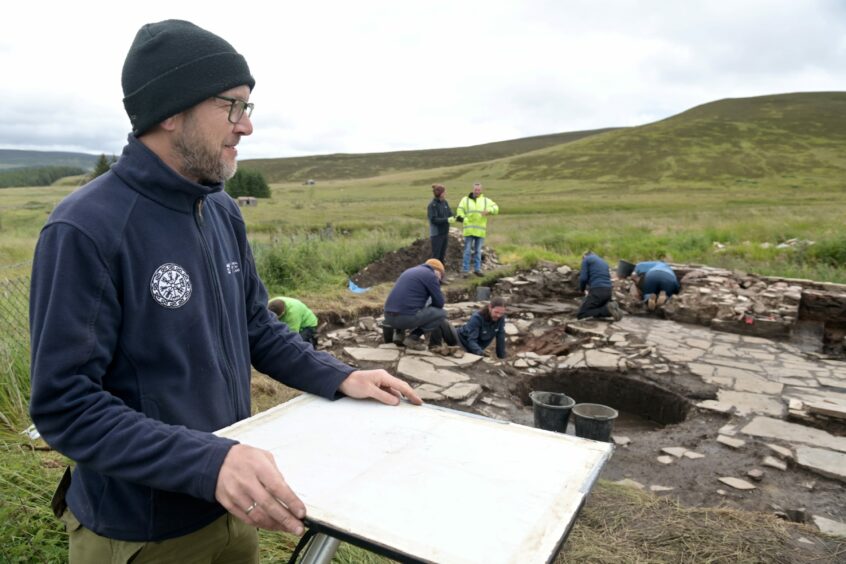
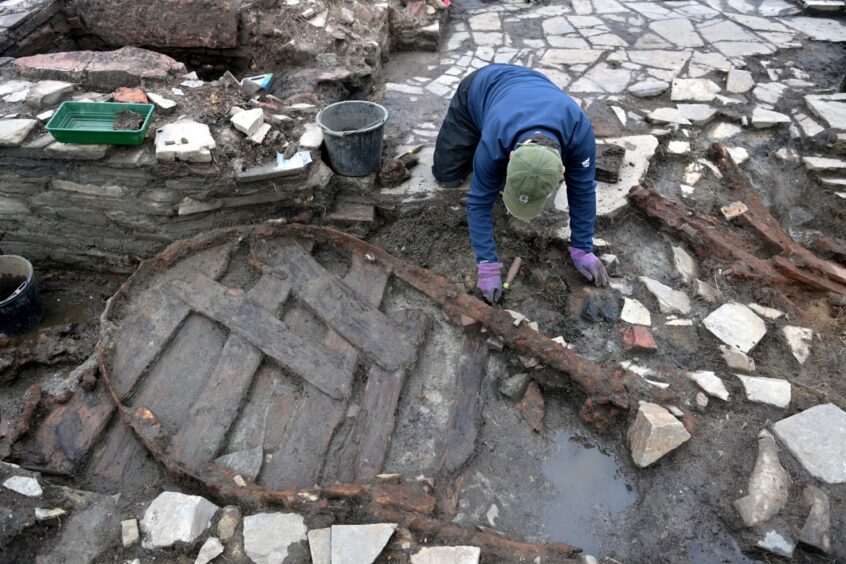
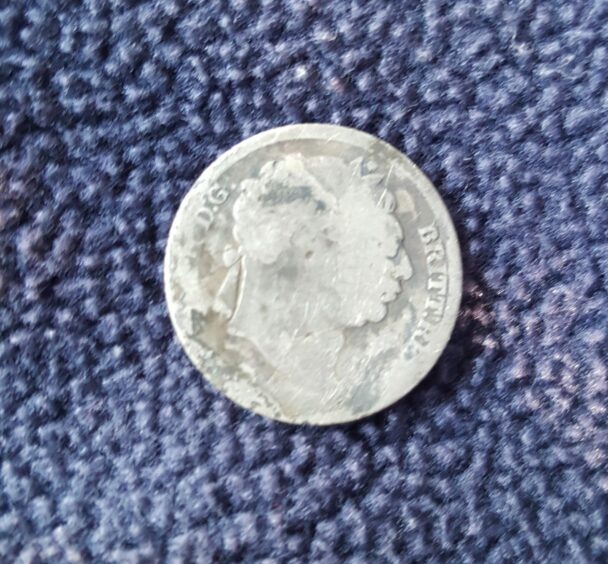
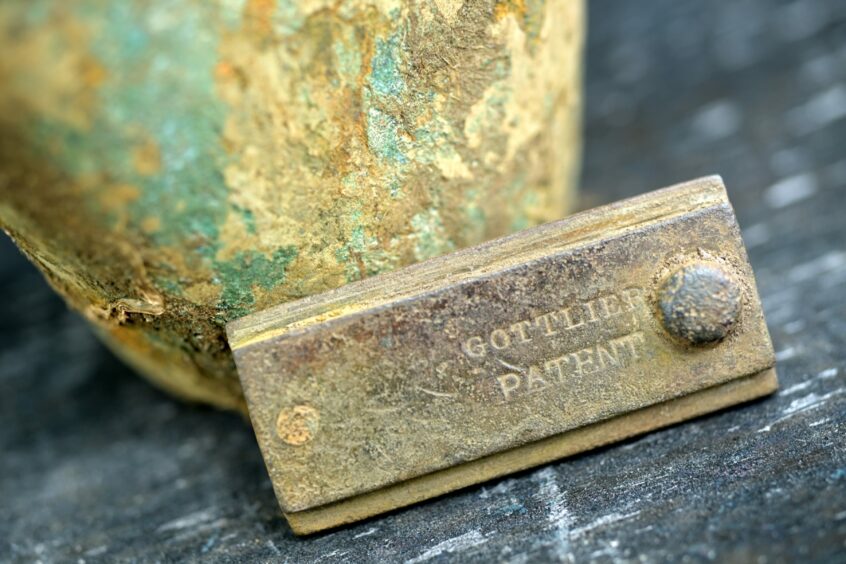
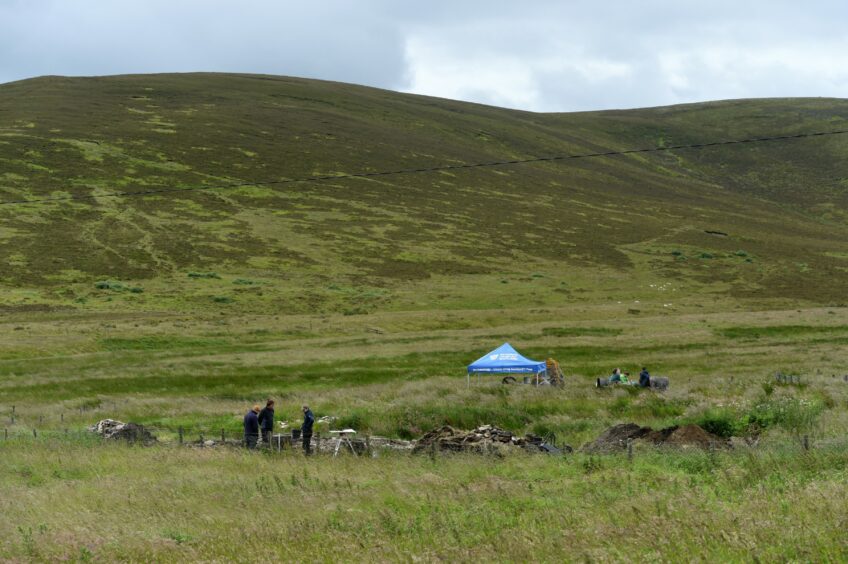
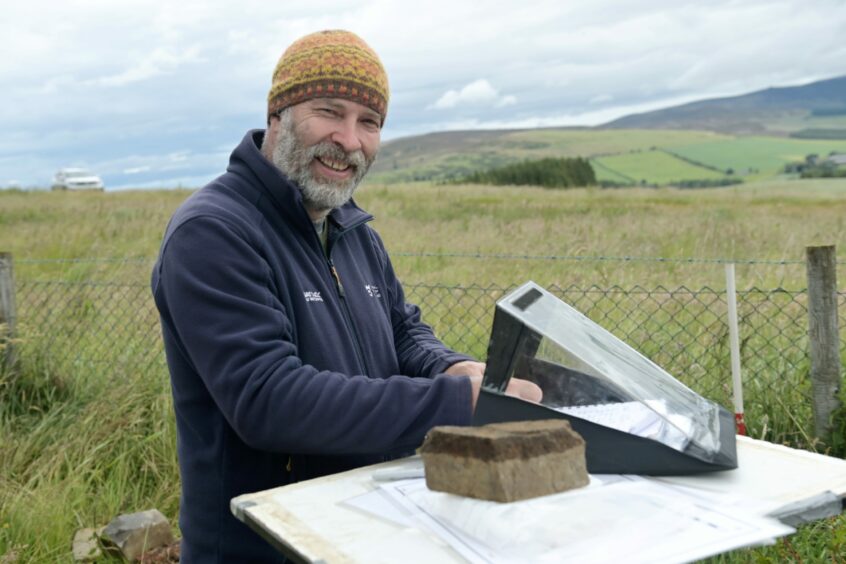
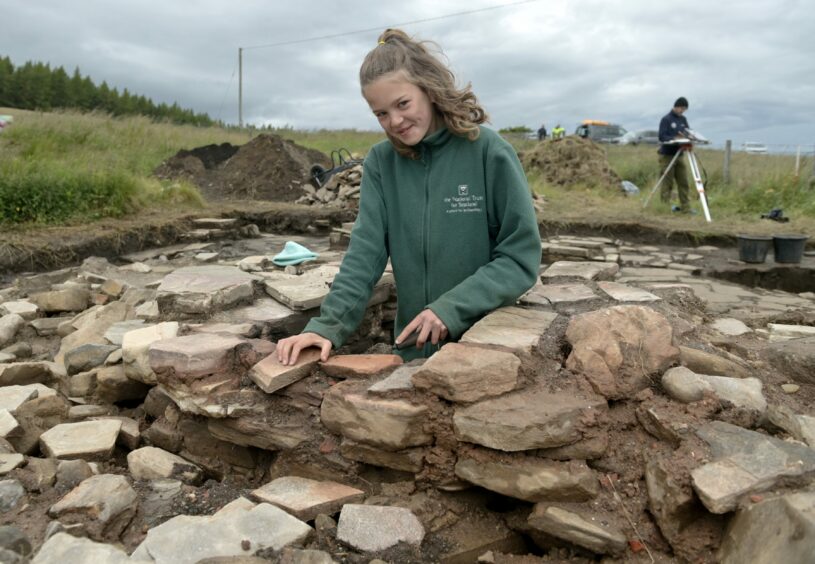
Conversation